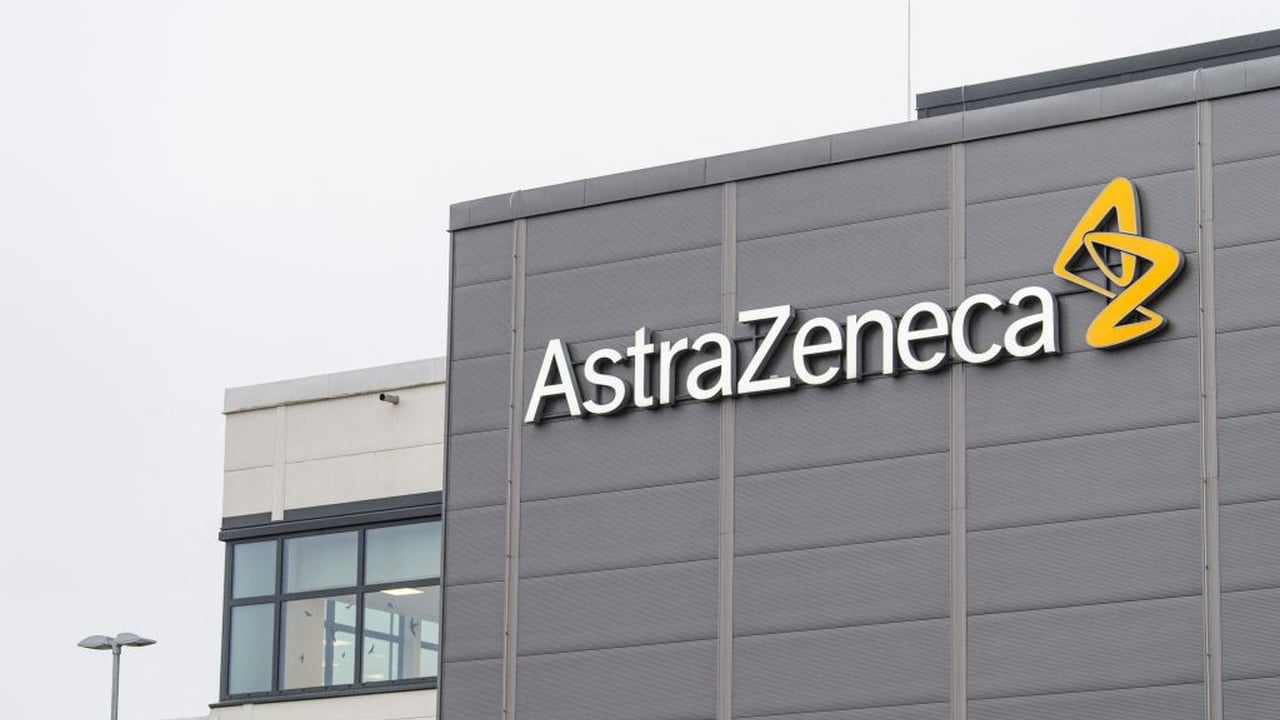AstraZeneca backs up Calquence's potential in mantle cell lymphoma with detailed data
17 Jun 2024
Clinical ResultPhase 3Accelerated ApprovalDrug Approval

Preview
Source: FiercePharma
Adding AstraZeneca's Calquence to standard-of-care chemotherapy reduced the risk of disease progression by 27% in the ECHO study, the company reported. The big question now: Will the regimen excel in overall survival after showing a "positive trend" in the key measure.
Six weeks after revealing that an interim analysis of a phase 3 trial showed that AstraZeneca’s blood cancer drug Calquence plus chemoimmunotherapy worked in previously untreated mantle cell lymphoma (MCL) patients, the company has put numbers to its claim.
In the ECHO study, adding Calquence to the combination of bendamustine and rituximab (BR) reduced the risk of disease progression or death by 27%. The figure is statistically significant and clinically meaningful, AZ said as it announced trial results Sunday at the European Hematology Association (EHA) Congress in Madrid.
In the study, which includes 299 patients in each arm age 65 and older, the Calquence combo produced a median progression-free survival (PFS) of 66.4 months versus 49.6 months for BR alone.
Additionally, Calquence provided a favorable trend in overall survival (OS), which marks a first-time for a BTK inhibitorBTK inhibitor. AZ reminded that the data has yet to mature and that OS will continue to be assessed in the ongoing trial as a secondary endpoint.
“We have a positive signal in terms of OS, so it’s a trend, which means that it is not statistically significant. We’re not going to be making any claims on that, but I think it’s very reassuring,” Benjamin Moutier, AZ’s global franchise head of hematology, said in an interview with Fierce Pharma.
Both the OS and PFS improvements were more pronounced when accounting for the effect of COVID-related deaths, as the trial has been conducted since 2017.
Another positive in the study showed complete remission rates of 67% and 53.5% in the Calquence arm and the BR arm, respectively, although overall response showed similar results at 91% and 88%, respectively.
Additionally, the rate of adverse events was relatively consistent from arm to arm.
“BR is the standard of care. And you add [Calquence] on top of BR, you don’t have much more toxicity but you have a much better efficacy,” Moutier said. “If you are a physician and you have an MCL patient it becomes a no-brainer to add Calquence on top of something you are already doing.”
“It seems like it’s actually better for the patients to be treated right away with a BTK [inhibitorBTK [inhibitor],” Moutier said as opposed to limiting its use for relapsing patients.
Calquence’s trial was positive in MCL where the first BTK inhibitor has failed. Last year, AbbVie and Johnson & Johnson pulled their accelerated approval for Imbruvica in MCL after it came up short in OS in a phase 3 trial. Those results were disappointing as Imbruvica also had shown that it slashed the risk of disease progression or death by 25%.
While aging Imbruvica—which was originally approved for MCL in 2013—is in decline, with AbbVie reporting worldwide sales falling 21% to $3.6 billion last year, Calquence is picking up some of the slack with its sales reaching $2.5 billion, which was up 22%. Meanwhile, Brukinsa continued its rapid growth in 2023 with a 129% increase in sales to $1.3 billion.
MCL is a rare and aggressive form of non-Hodgkin lymphoma (NHL), often diagnosed in late-stage disease. While patients typically respond to treatment immediately, the relapse rate is high. There are approximately 4,000 new patients diagnosed each year, with an estimated 27,500 living with it today, AZ said.
For more details,please visit the original website
The content of the article does not represent any opinions of Synapse and its affiliated companies. If there is any copyright infringement or error, please contact us, and we will deal with it within 24 hours.
Organizations
Targets
Hot reports
Get started for free today!
Accelerate Strategic R&D decision making with Synapse, PatSnap’s AI-powered Connected Innovation Intelligence Platform Built for Life Sciences Professionals.
Start your data trial now!
Synapse data is also accessible to external entities via APIs or data packages. Leverages most recent intelligence information, enabling fullest potential.





